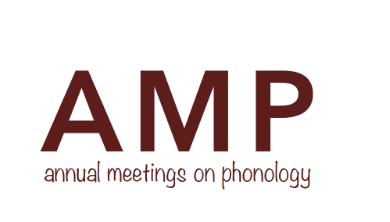Effects of Frequency and Distribution on Learning Minority Defaults
Abstract
This study investigates the learning of default patterns in an artificial language, focusing on the interplay between frequency and phonological distribution. Human participants were trained on a system of plural suffixes, including a default that varied in frequency across conditions. Results showed that participants successfully generalized the default pattern, even when it was a minority suffix. Explicit learners, who verbalized rules, were more likely to rely on phonological distribution, while implicit learners tended to overgeneralize the most frequent suffix. To compare human learning with computational models, we tested a rule-based Minimum Generalization Learner (MGL) and an encoder-decoder (ED) neural network. MGL effectively captured minority defaults by representing them as a disjunction of specific rules, while the ED model struggled in the equal-frequency condition, highlighting potential limitations in its ability to abstract default patterns. These findings contribute to the debate between symbolic and connectionist models by showing that both distribution and rule discovery play key roles in learning default patterns. A follow-up study is underway to further explore human learners’ ability to generalize default suffixes to entirely novel contexts.
How to Cite:
Pertsova, K., Prickett, B. & Chen, E., (2025) “Effects of Frequency and Distribution on Learning Minority Defaults”, Proceedings of the Annual Meetings on Phonology 1(1). doi: https://doi.org/10.7275/amphonology.3030
Downloads:
Download PDF
256 Views
176 Downloads
